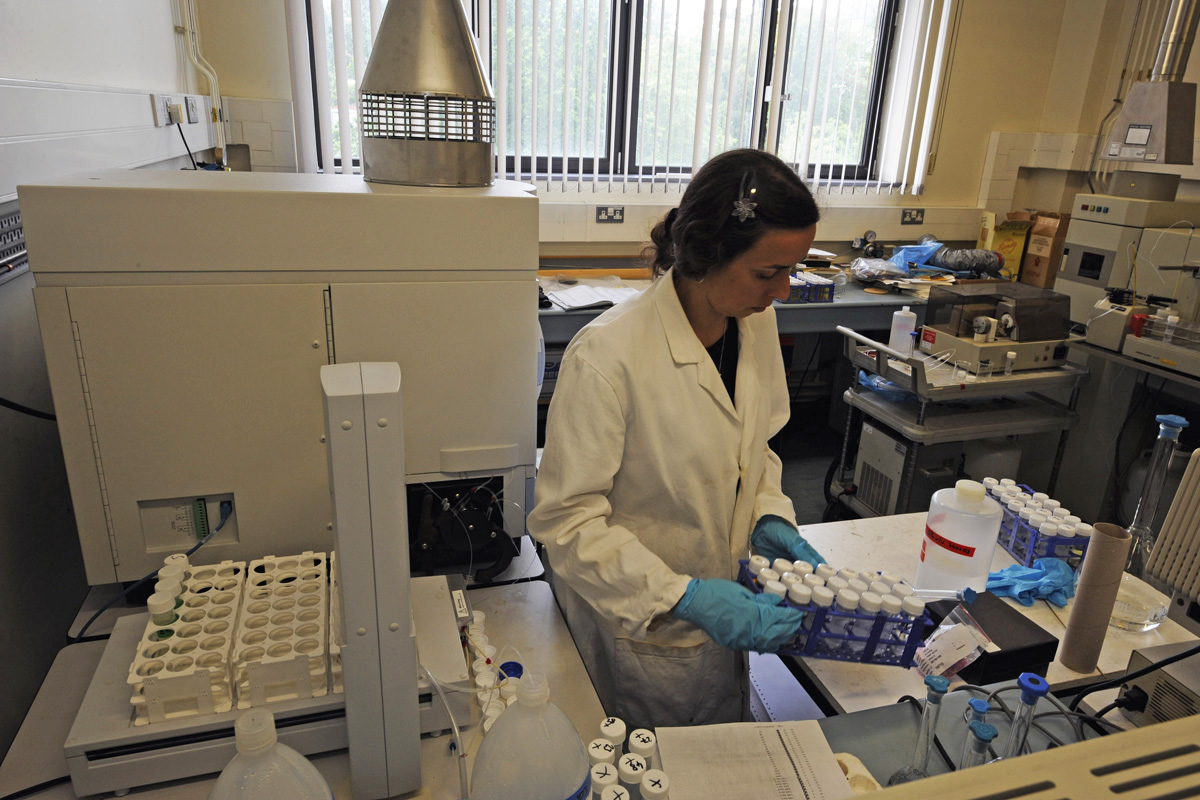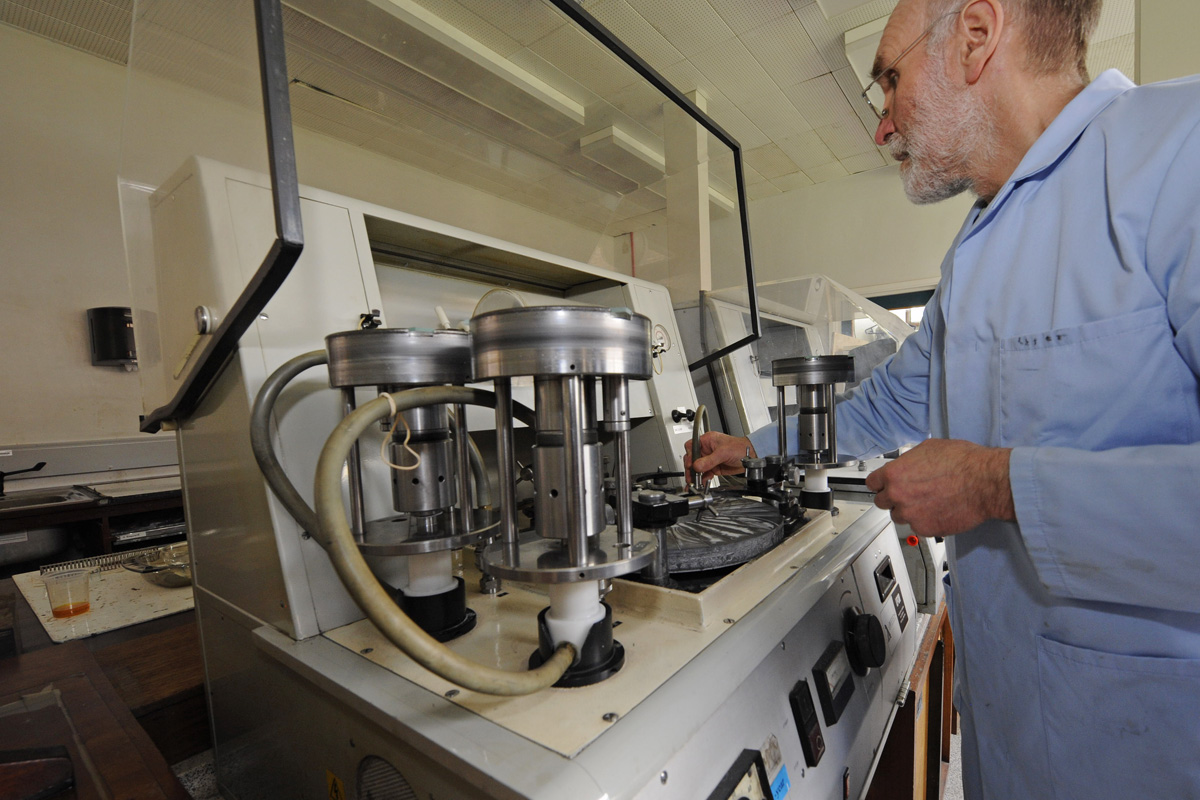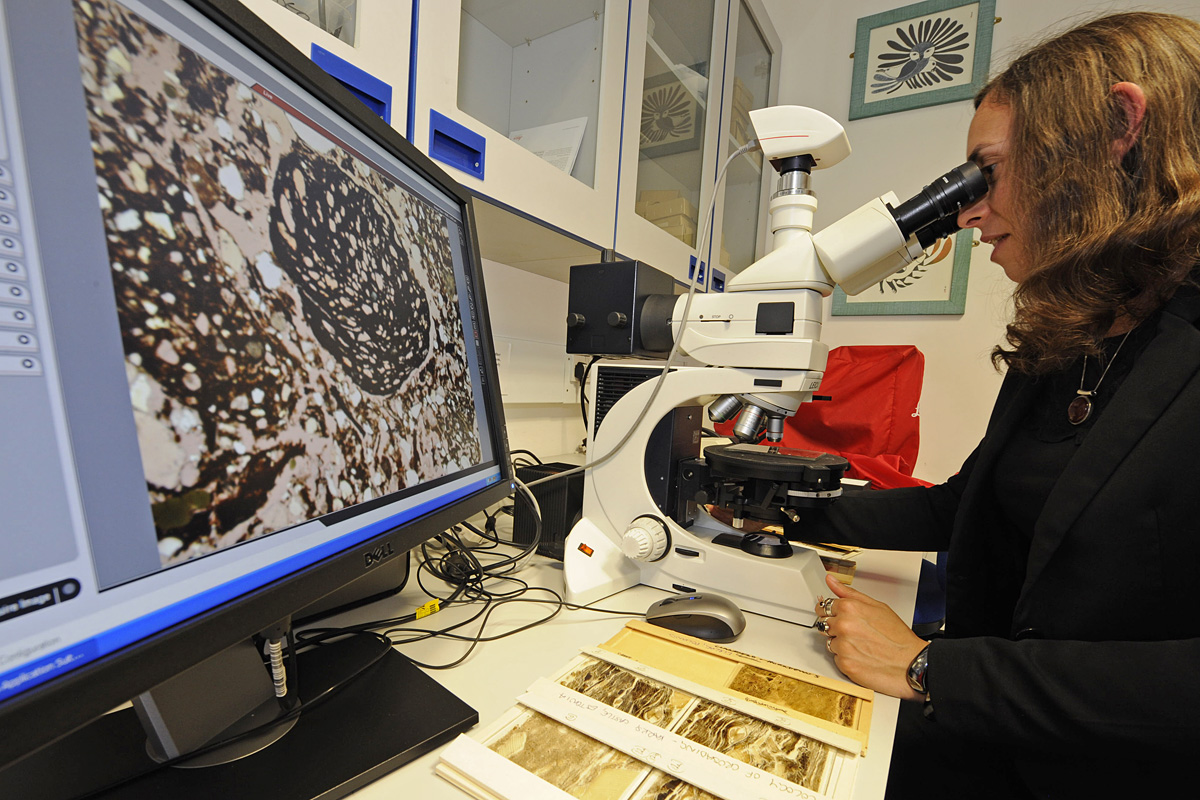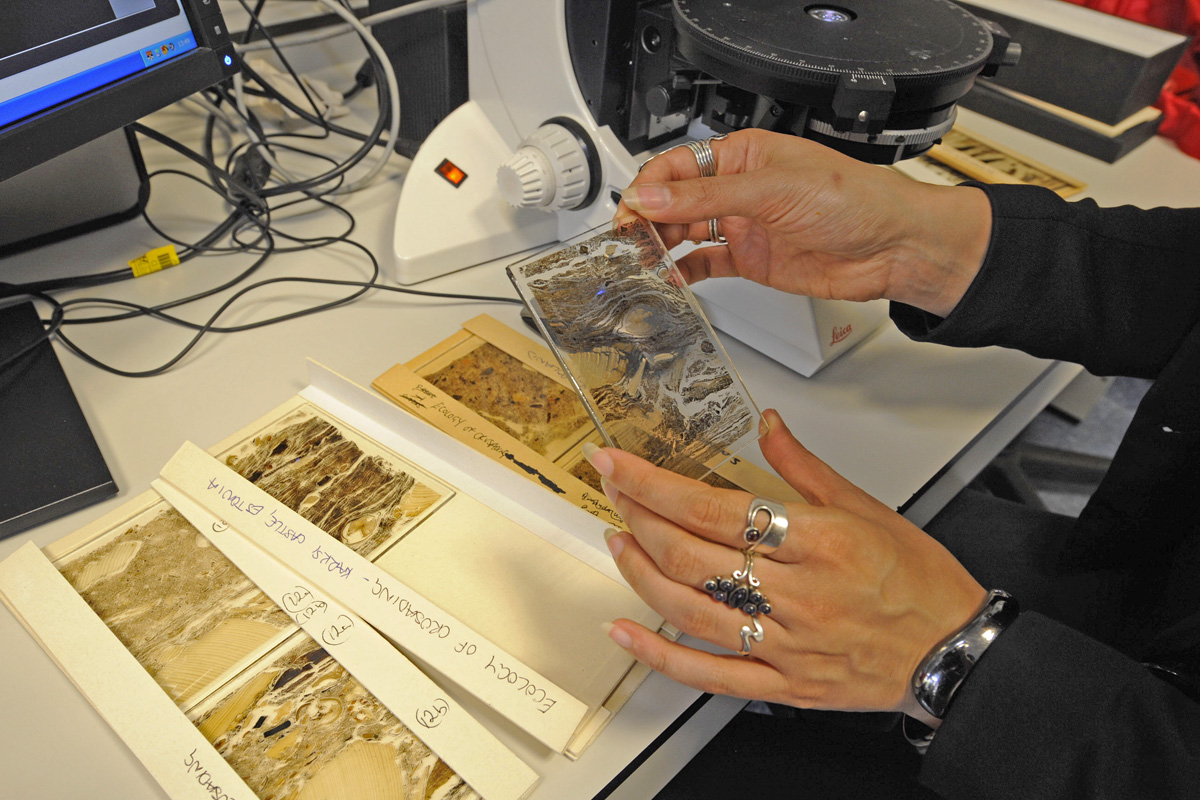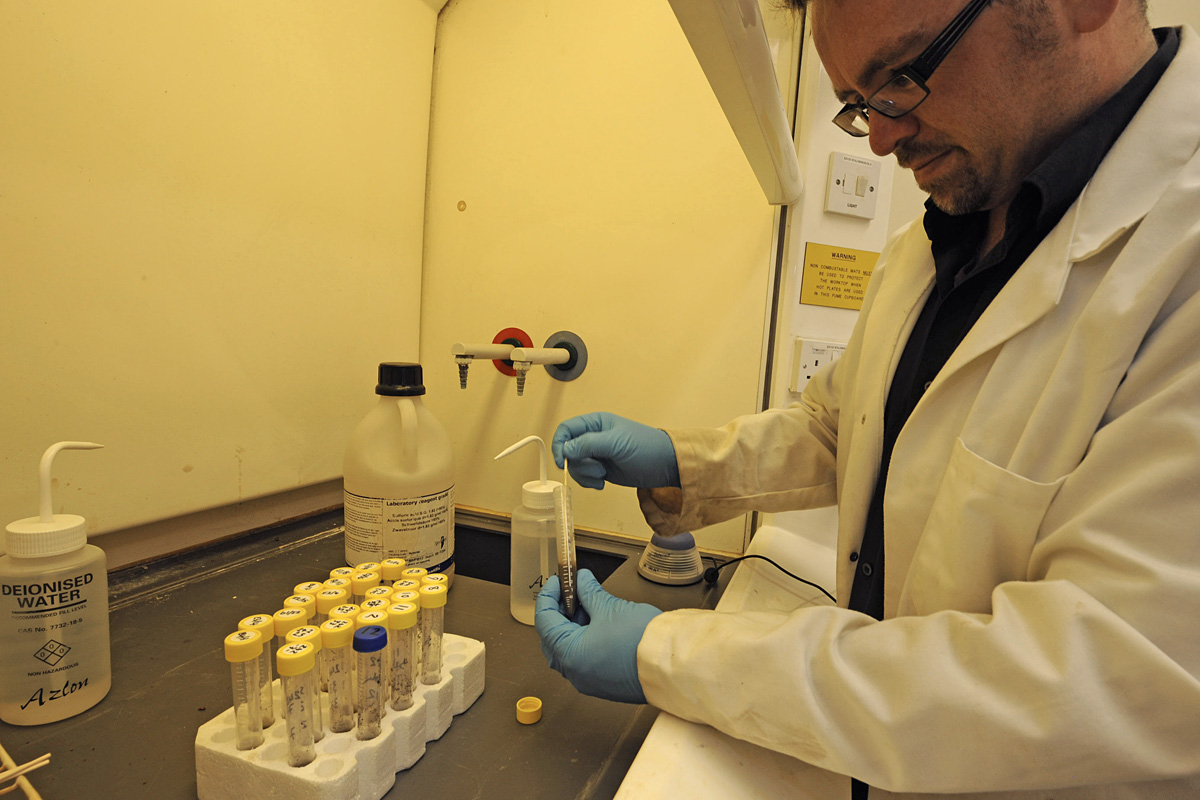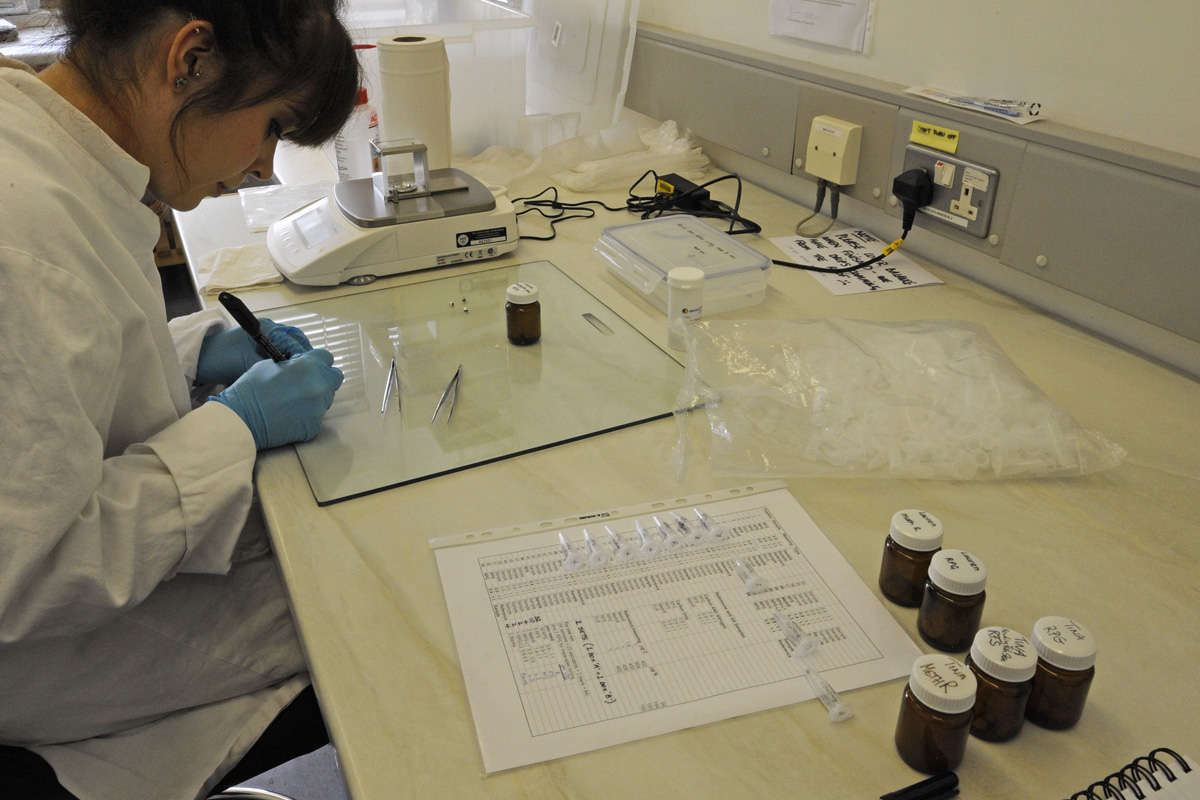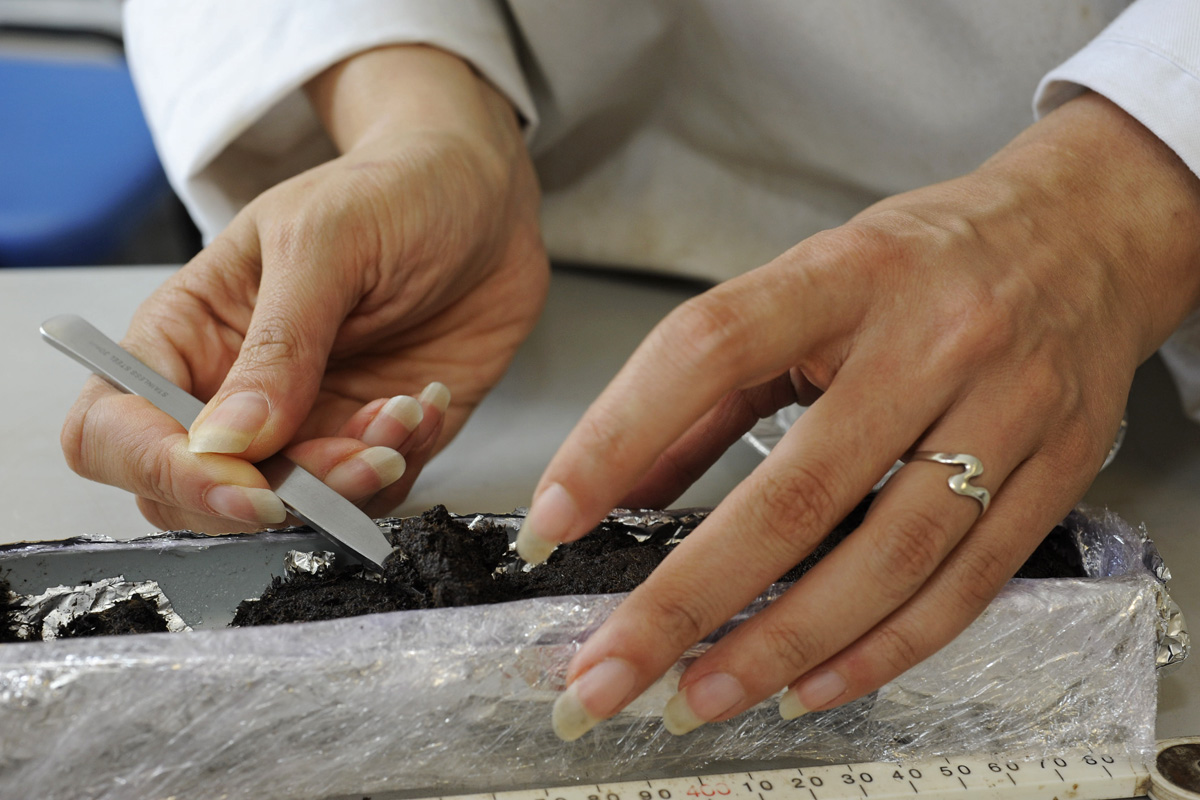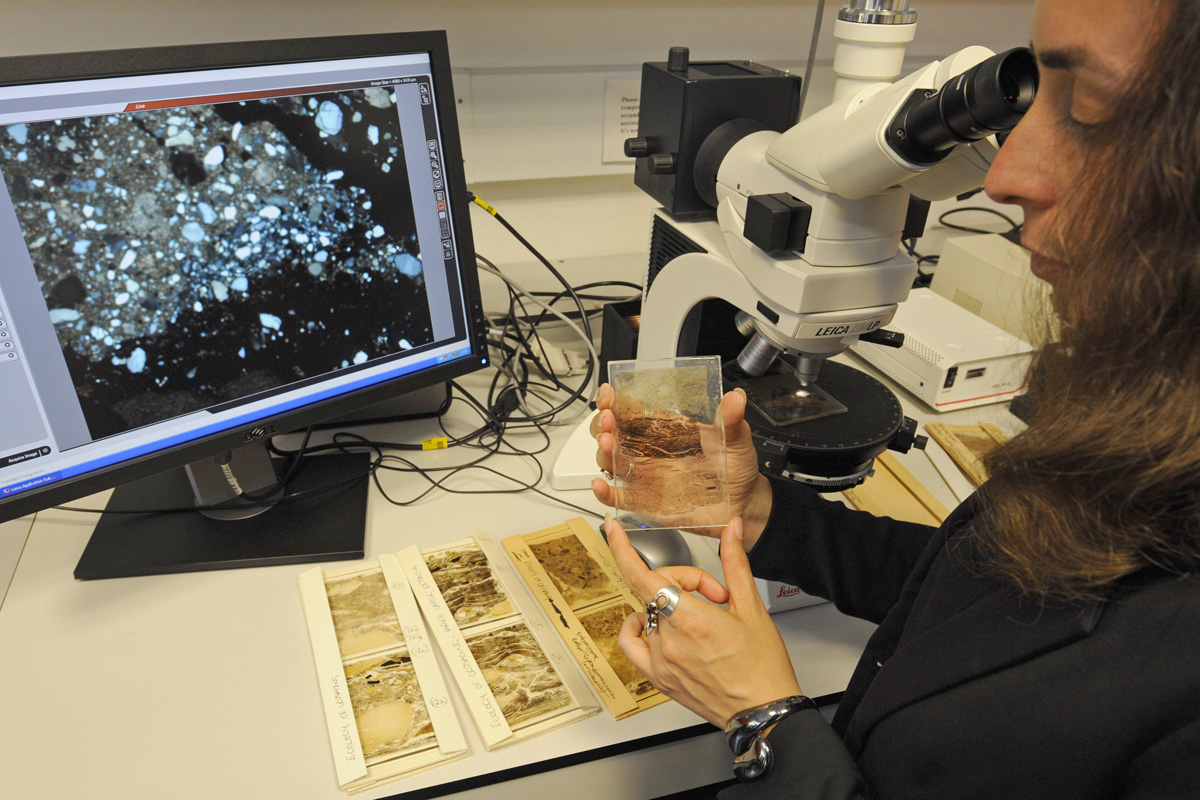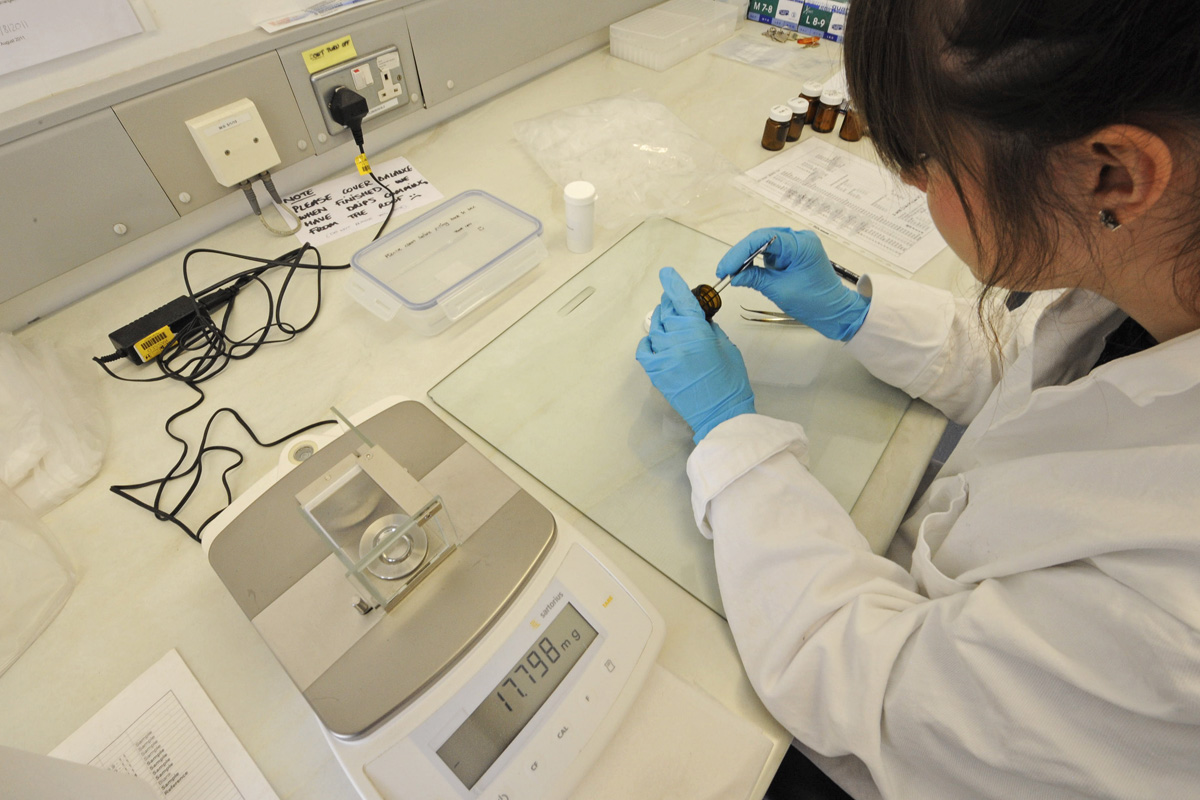The application of geoarchaeological techniques has enabled the life of varied communities in Livonia and Prussia to be examined at high resolution, shedding light on the development of occupation deposits, the use of spaces within individual buildings and settlements, the content of moats and the flow of effluent. Micromorphology was routinely used to study the archaeological deposits from settlements to determine how they were formed and to reconstruct variation in activities inside and outside of buildings, waste disposal practices, the reworking of archaeological stratigraphy by post-depositional processes and how all this related to the exploitation of the surrounding landscape. Geochemistry, in turn, was used to identify specific activities such as metalworking and animal husbandry, as well as provenance building materials. These microscopic glimpses into the daily lives of people in the medieval eastern Baltic contributed high resolution snapshots of complimentary information, essential for a holistic understanding of the long-term impact of the cultural transformations following the crusades. Most of the micromorphological, phytoliths and on-site data related to the period of active crusading, although some encompassed longer-term occupation.
Publications produced by the team
Babos, H., Black, S., Pluskowski, A. Brown, A., Rohrssen, M., and Chappaz, A. 2019. ‘Evidence for the onset of mining activities during the 13th century in Poland using lead isotopes from lake sediment cores’, Science for the Total Environment, 683: 589-599.
Banerjea, R., Badura, M., Brown, A., Morandi, L., Marcinkowski, M., Valk, H., Ismail-Meyer, K and Pluskowski, A. 2019. ‘Feeding the Crusades: archaeobotany, animal husbandry and livestock alimentation on the Baltic frontier’, Environmental Archaeology 25/2: 25-135-150,
Banerjea, R. Y., Badura, M., Kalejs, U., Cerina, A., Gos, K., Hamilton-Dyer, S., Maltby, M., Seetah, K. and Pluskowski, A. 2017. ‘A multi-proxy, diachronic and spatial perspective on the urban activities within an indigenous community in medieval Riga, Latvia’, Quaternary International 460: 3-21.
Banerjea, R., Karczewski, M., Karczewska, M. and Pluskowski, A. 2015. ‘The role of geoarchaeology in understanding the formation and function of Święta Góra (Staświny), Masuria, Poland: Interim results from feature 40’, in Materiały do Archeologii Warmii i Mazur, eds. S., Wadyl, K., Karczewski and M. Hoffmann, Warszwa, Białystok: Instytut Archaeologii Uniwersytetu Warsawskiego/ Instytut Historii i Nauk Politycznych Uniwersytetu w Białymstoku, 221–231.
Yeh, H-Y., Pluskowski, A. G., Kalējs, U., and Mitchell, P. D. 2014. ‘Intestinal parasites in a mid-14th century latrine from Riga, Latvia: Fish Tapeworm and the consumption of uncooked fish in the medieval eastern Baltic region’, Journal of Archaeological Science 49: 83-89.
Carson, S., Shillito, L-M., Brown, A., and Pluskowski, A. G. 2012. ‘Environmental assessment of samples from the castle site at Grudziądz, Poland’, in Zamek w Grudziądzu w świetle badań archeologiczno-architektonicznych. Materiały i studia, ed. Wiewióra, M, Toruń: UMK, 351-357.

